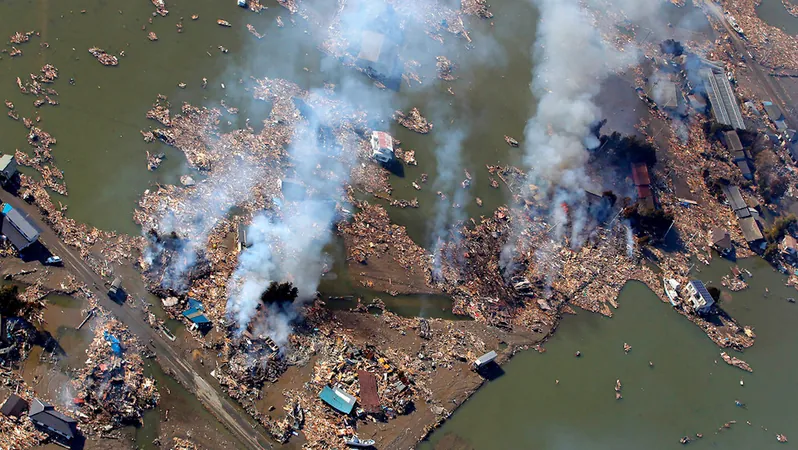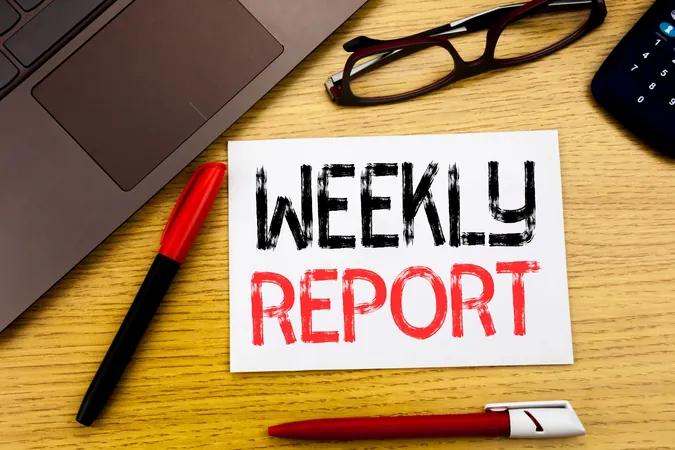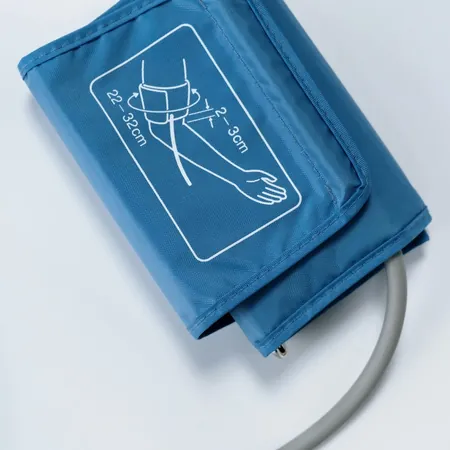
Revolutionizing Earthquake Alerts: Why the Deaf Community Deserves Better!
2025-01-02
Author: Mei
In the moments leading up to a strong earthquake, every second counts. The ShakeAlert earthquake early warning system, implemented across California, Oregon, and Washington, aims to provide advance notice to help residents take protective actions like dropping, covering, and holding on. However, critical information that can save lives often goes unnoticed by the Deaf and hard of hearing (DHH+) community, leaving them at increased risk during seismic events.
Past statistics tell a tragic story. For instance, during the devastating 1995 Kobe earthquake in Japan, the fatality rate for Deaf individuals was over four times higher than that of hearing individuals, according to data from the Kobe Deaf Association. Such disparities highlight the urgent need for improved communication strategies tailored to the needs of the DHH+ community.
Currently, research exploring the efficacy of early warning systems for Deaf individuals remains scarce. To address this gap, a dedicated group of Deaf scientists is actively studying the issue, engaging with community members to gather valuable insights on their experiences with earthquake alerts. Their findings were presented at the AGU Annual Meeting 2024 in Washington, D.C.
Kota Takayama, a social worker at Gallaudet University and co-author of the research, expressed the frustration many in the DHH+ community feel: “Technology often evolves without our input, rendering it ineffective because it does not cater to our needs.” This sentiment underscores the importance of inclusive design in emergency preparedness technology.
Making Alerts Accessible
For an earthquake early warning system to be effective for everyone, it should ensure that alerts are not only received but are also comprehensible and actionable. The research team conducted discussions with eight DHH+ students who had firsthand experience with earthquakes, aiming to evaluate the accessibility and educational aspects of existing alert systems. Most participants preferred alerts delivered in English, although one deafblind participant noted challenges with text-based alerts that did not translate well on assistive technologies.
In a promising move, the Federal Communications Commission recently mandated that wireless providers offer emergency alerts in American Sign Language (ASL). Community feedback is currently being sought to enhance the quality and format of these ASL videos.
Audrey Cooper, a co-author of the study and a late hard of hearing anthropologist, remarked on the lack of accessible information during emergencies, stating, “This marginalization greatly complicates the situation for our community in times of disaster, where information is crucial.”
Expanding Alert Methods
To truly serve the DHH+ community, earthquake early warning systems must incorporate visual and haptic cues, and provide multilingual options in text alerts. Besides mobile notifications, alerts should also be disseminated through public transportation systems, television broadcasts, and wearable devices. Takayama noted the importance of collecting more data to refine these systems further for inclusivity.
ShakeAlert has begun forming partnerships aimed at enhancing non-cell phone alert systems. For example, certain commuter rail systems in Southern California have implemented procedures to automatically slow down trains in response to ShakeAlert notifications. Furthermore, some Washington schools are leveraging PA systems to communicate alerts effectively.
Carson MacPherson-Krutsky, a researcher specializing in natural hazards, emphasized the significance of the latest research, particularly due to the lived experiences of its authors relating to the DHH+ community.
Prevention and Awareness
While refining alert systems is paramount, Takayama stressed the urgent need for broader accessibility improvements in community-based earthquake preparedness and training. Many DHH+ individuals rely heavily on informal networks, like family or friends, to understand how to react during emergencies. Seven out of eight study participants expressed a desire for comprehensive information in ASL and Pro-Tactile American Sign Language detailing how to respond to alerts.
This echoes the phenomenon known as “dinner table syndrome,” which describes the feelings of isolation and exclusion faced by many DHH+ individuals in mixed company, leading to knowledge gaps regarding critical information. Earthquake preparedness training in schools often lacks accessibility for DHH+ students, compounding the issue.
“We need to ensure that accessible public information is available to the DHH+ community before disasters occur,” Cooper concluded.
The research team’s findings illuminate a critical truth: for an effective earthquake early warning system, the DHH+ community must be involved in discussions surrounding the development and implementation of alert systems and trainings designed for them.
“If public engagement professionals and researchers reach out to the DHH+ community,” Cooper said, “They can gather invaluable ideas to enhance the system as a whole.”
As we forge ahead, it is crucial to dismantle barriers for DHH+ scientists, fostering a more inclusive dialogue about disaster response systems. Takayama asserted, “We need more individuals from our community involved.”
By prioritizing inclusivity in earthquake preparedness, we can create a safer environment for all communities during times of crisis. Let's amplify the voices that matter and revolutionize how we respond to the unpredictable forces of nature!




 Brasil (PT)
Brasil (PT)
 Canada (EN)
Canada (EN)
 Chile (ES)
Chile (ES)
 Česko (CS)
Česko (CS)
 대한민국 (KO)
대한민국 (KO)
 España (ES)
España (ES)
 France (FR)
France (FR)
 Hong Kong (EN)
Hong Kong (EN)
 Italia (IT)
Italia (IT)
 日本 (JA)
日本 (JA)
 Magyarország (HU)
Magyarország (HU)
 Norge (NO)
Norge (NO)
 Polska (PL)
Polska (PL)
 Schweiz (DE)
Schweiz (DE)
 Singapore (EN)
Singapore (EN)
 Sverige (SV)
Sverige (SV)
 Suomi (FI)
Suomi (FI)
 Türkiye (TR)
Türkiye (TR)
 الإمارات العربية المتحدة (AR)
الإمارات العربية المتحدة (AR)